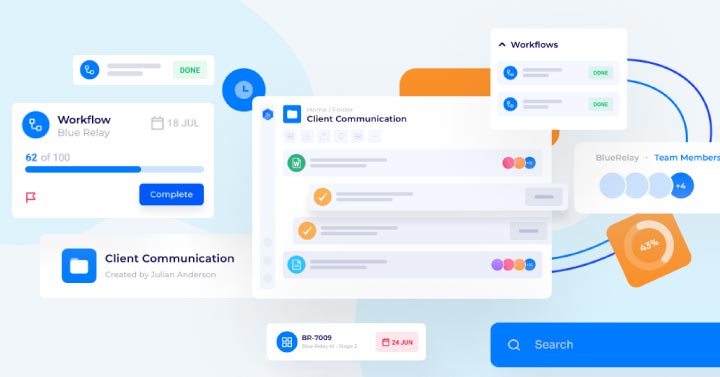The content below was published on Corporate Compliance Insights Blog – a knowledge-sharing forum designed to educate and encourage informed interaction within the corporate compliance, governance and risk community. To read the original post, click here.
Business Process Management is Critical on Multiple Fronts
Gartner defines BPM as “a management discipline that treats processes as assets that directly contribute to enterprise performance by driving operational excellence and business process agility.” Put in layman’s terms, BPM gives organizations a structured environment to document and modify processes and can ensure any changes meet compliance requirements. Without BPM technology, companies are doing more manual work and therefore are at more of a risk for monetary loss and failure.
The better the BPM system, the lower the compliance costs. Simple.
Specifically, companies in financial services, insurance, health care, communications, and other heavily regulated sectors should implement a process-driven approach that offers a cross-functional perspective. After all, having a well-defined outline of your workflow and business rules in place is beneficial in the event of a breach or audit. In fact, a good BPM software option should afford you full visibility of your audit trails and allow you to meet service level agreements with configurable dashboards and reports that improve reliability by tracking in a timely manner.
Getting Started
When asked what the biggest challenge to the organization was in regard to regulatory compliance in a 2015 AIIM study, 40 percent of respondents stated it was keeping policy and procedures up-to-date. With new laws and regulations constantly changing, BPM provides a platform to keep up with these changes quicker and with more control. You must make sure your policies reflect real-time business conditions and utilize custom software tools that track risk and deliver automatic notifications for greater clarity.
Here’s how you can prepare for implementing BPM software in your organization:
- Understand and define your processes and current systems before searching for tools.
- Define your goals and the parameters of meeting those goals. For example, are you willing to invest in large system changes, or do you want to keep using your legacy tools? Knowing which BPM software meets your end goal – whether it’s one that connects to your existing tools or creates new efficiencies – will help you reach your desired outcome.
- Get stakeholder involvement and approval, and set up a time frame on how long it will take to train your team.
- Have a baseline of your current data to ensure you can properly measure improvement going forward.
Making a small organizational change – like having one location for your documents and procedures – can mean big returns such as a reduction in auditing costs, quality improvement and a greater ROI. BPM is all about cutting out the waste and producing quality products/services – which are indicators of safe and trustworthy operations that bodes well on any compliance report.
In short, compliance and BPM are natural siblings and create the most value when paired together. To make sure nothing slips through the cracks, implement a process management solution so your compliance needs are always in check.
Easily manage your processes, materials and teams with Blue Relay.



